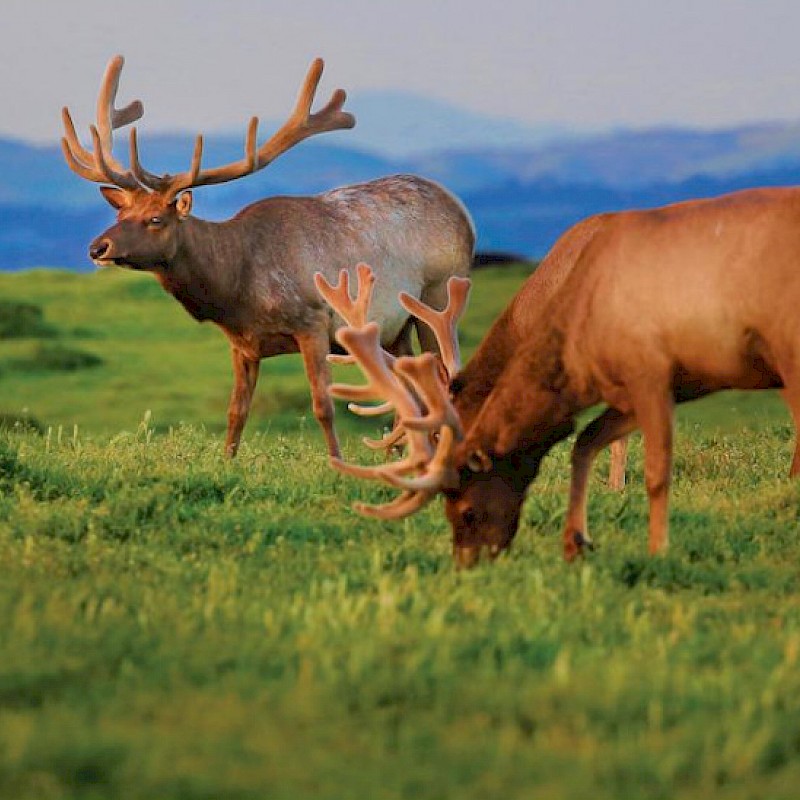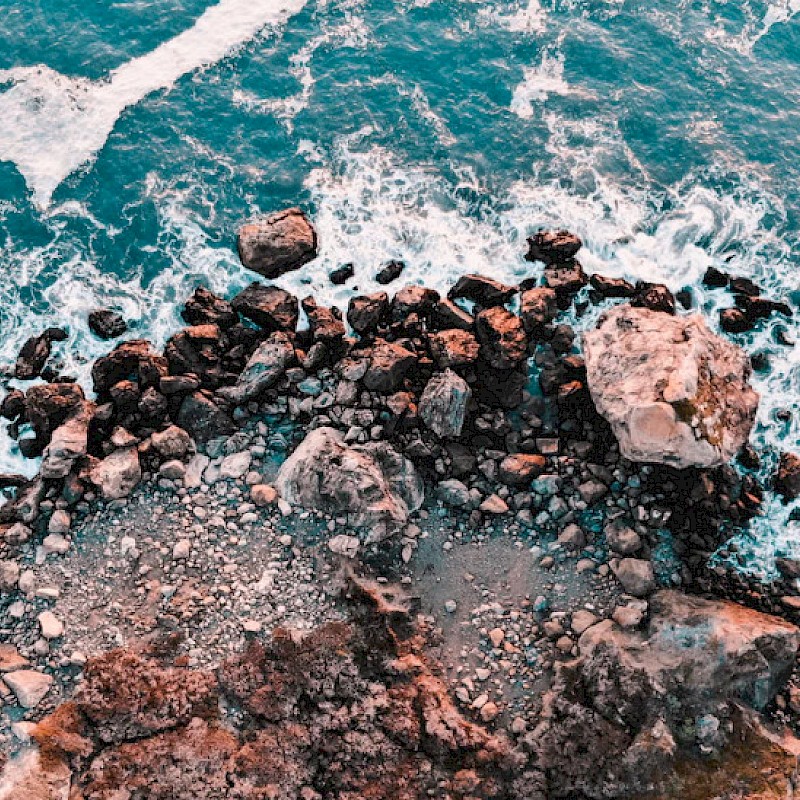Marin Travel Alerts
Sustainable Tourism
We are pleased to announce that the Marin Convention and Visitors Bureau not only continues its proud partnership with the Leave No Trace organization but has also joined forces with the Cleaner California Coast initiative. Leave No Trace pioneers scientific, research-based solutions for protecting the natural world, achieving its mission through innovative education, skills training, and scientific research. By collaborating with the public and land managers, Leave No Trace focuses on educating individuals on how to responsibly enjoy and care for the outdoors. Through these partnerships, we are committed to promoting sustainable practices and preserving the beauty of Marin County for future generations.
 |
 |
The Seven Principles of Leave No Trace - Marin County
Principal 1: Plan Ahead & Prepare
Adequate trip planning and preparation helps backcountry travelers accomplish trip goals safely and enjoyably, while simultaneously minimizing damage to the land. Poor planning often results in miserable campers and damage to natural and cultural resources. Rangers often tell stories of campers they have encountered who, because of poor planning and unexpected conditions, degrade backcountry resources and put themselves at risk.
Principal 2: Travel & Camp on Durable Surfaces
The goal of travel in the outdoors is to move through natural areas while avoiding damage to the land or waterways. Understanding how travel causes impacts is necessary to accomplish this goal. Travel damage occurs when surface vegetation or communities of organisms are trampled beyond recovery. The resulting barren area leads to soil erosion and the development of undesirable trails. Backcountry travel may involve travel over both trails and off-trail areas.
Principal 3: Dispose of Waste Properly
The Center encourages outdoor enthusiasts to consider the impacts that they leave behind, which will undoubtedly affect other people, water and wildlife.
Principal 4: Leave What You Find
Allow others a sense of discovery by leaving rocks, plants, archaeological artifacts and other objects of interest as you find them.
Principal 5: Minimize Campfire Impacts
Fires vs. Stoves: The use of campfires, once a necessity for cooking and warmth, is steeped in history and tradition. Some people would not think of camping without a campfire. Yet, the natural appearance of many areas has been degraded by the overuse of fires and an increasing demand for firewood.
Principal 6: Respect Wildlife
Learn about wildlife through quiet observation. Do not disturb wildlife or plants just for a “better look.” Observe wildlife from a distance so they are not scared or forced to flee.
Principal 7: Be Considerate of Others
One of the most important components of outdoor ethics is to maintain courtesy toward other visitors. It helps everyone enjoy their outdoor experience. Many people come to the outdoors to listen to nature. Excessive noise, uncontrolled pets and damaged surroundings take away from the natural appeal of the outdoors.
Copyright Leave No Trace. To reprint the Leave No Trace Seven Principles, include copyright language and please do not alter them without review from Leave No Trace.
Marin, Sonoma and Mendocino County Partner to Create a Cleaner Coast.Teaching Leave No Trace Practices to Growing Visitor Audiences in Coastal Communities. Please click here for the press release.
When visiting, please follow these additonal helpful tips to plan a fun and safe outdoor outing while exploring Marin's great outdoors:
Before Your Visit:
Call ahead. Review the websites and social media that offer information on local conditions, but visitors are encouraged to reach out to local tourism contacts and land managers with any additional questions.
Select an appropriate activity. Hiking, biking, stargazing, and dispersed camping are fantastic options. Avoid high-risk activities like rock climbing or backcountry activities, as law enforcement and rescue operations may be limited due to COVID 19 issues.
Select low-traffic locations and times. Discover a new area. Visit less-traveled locations like state parks and national monuments during non-peak hours to avoid crowding. Check out the regions that surround and complement each national park.
Stay home if you feel sick. Follow CDC guidance on personal hygiene and social distancing before and during your visit. Stay up-to-date on latest instruction from the Marin Health and Human Services website.
Bring necessary supplies. Services like trash pickup and restroom maintenance could be limited or not available at some locations. Bring the supplies you might need such as trash bags and hand sanitizer.
During Your Visit:
Evaluate your surroundings. When you arrive at the recreation area, evaluate your surroundings. A full parking lot or crowded trailhead might indicate that there are too many people recreating. For your safety and the safety of other visitors, please consider changing locations or returning at a less active time. Always have a back-up plan at this time.
Keep your distance from others. Everyone wants to safely enjoy public lands. Please make sure to stay at least six feet away from other visitors as recommend by the CDC. Wear face coverings in settings where social distancing measures are difficult to maintain.
Support local. Find ways to support the local communities that surrounds these natural areas. Stock up with groceries locally, stop in an artisan shop or eat at a restaurant in addition to campfire meals. Read tips for supporting local.
After Your Visit:
Pack it in, pack it out. Take trash with you when you leave. Trash overflowing the receptacles becomes litter and can be harmful to wildlife and attract predators.
Next: Marin Beaches »
« Previous: Travel Updates




